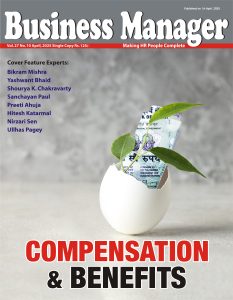It would be wrong to believe that excessive workload, long hours working, toxicity at the workplace and work-life imbalance leading to employee burnout are issues that crept in only in the recent past in India Inc. These have existed for a long time, not only in India but also at the global level. The difference is that recently these issues have gained traction and are voiced openly and loudly by the employees on social media platforms after the casualties of a few employees due to such factors prevalent in organisations.
Many research studies and survey reports have flashed red flags and testified that more employees feel exhausted, over worked and struggle to survive in their jobs and the numbers are increasing. And this is an alarming situation for business leaders who need to take charge. It cannot be dismissed by saying that pressure to perform is the new normal at India Inc. and people who are non-performers try to hide their failure under this cover. Leaders must accept that there is a cat in the room and by closing eyes, she will not disappear.
Why does toxicity at the workplace exist and be allowed to grow? Why it is not talked about openly and opposed? Uncertainty in business, fewer resources, and an attitude of unreasonable cost cutting with the wish of maximizing profits in the short term that impose unrealistic targets on employees demanding long work hours to deliver give rise to a toxic work culture. Sluggish hiring, abrupt layoffs, and high attrition in the recent past have also added to the problem. Employees generally do not report or speak about it for fear of stalling their growth and just struggle to cope. When work becomes more important (and not just one aspect) than life it may head toward toxicity. It is time to define hard work. When a multigenerational workforce works together, differences in values and viewing life are bound to erupt. A harsh work culture is the only method for economic rise would be a wrong premise.
Increasing resources, easing workload, and changing managers’ approach toward dealing with team members can be the foremost and most effective way to alleviate burnout and it is not a one-time exercise. It can’t be fixed overnight. It has to be taken care of consistently. The question comes who will bell the cat? Is it HR, departmental managers, or business leaders? When it comes to flushing out the toxins from the work environment buck stops at the door of the CEO. What if the HR is not heard by the CEO and his efforts are not supported? Business leaders have to get personally involved and take charge of the situation.
The cover story of this edition is an attempt to understand the underlying reasons for workplace burnout, and toxicity, and how to address the challenges and build a thriving workplace with high employee engagement levels. The insights from the management practitioners and thinkers are quite fascinating.
If you like it let us know. If not, well, let us know that too.
Happy Reading

























